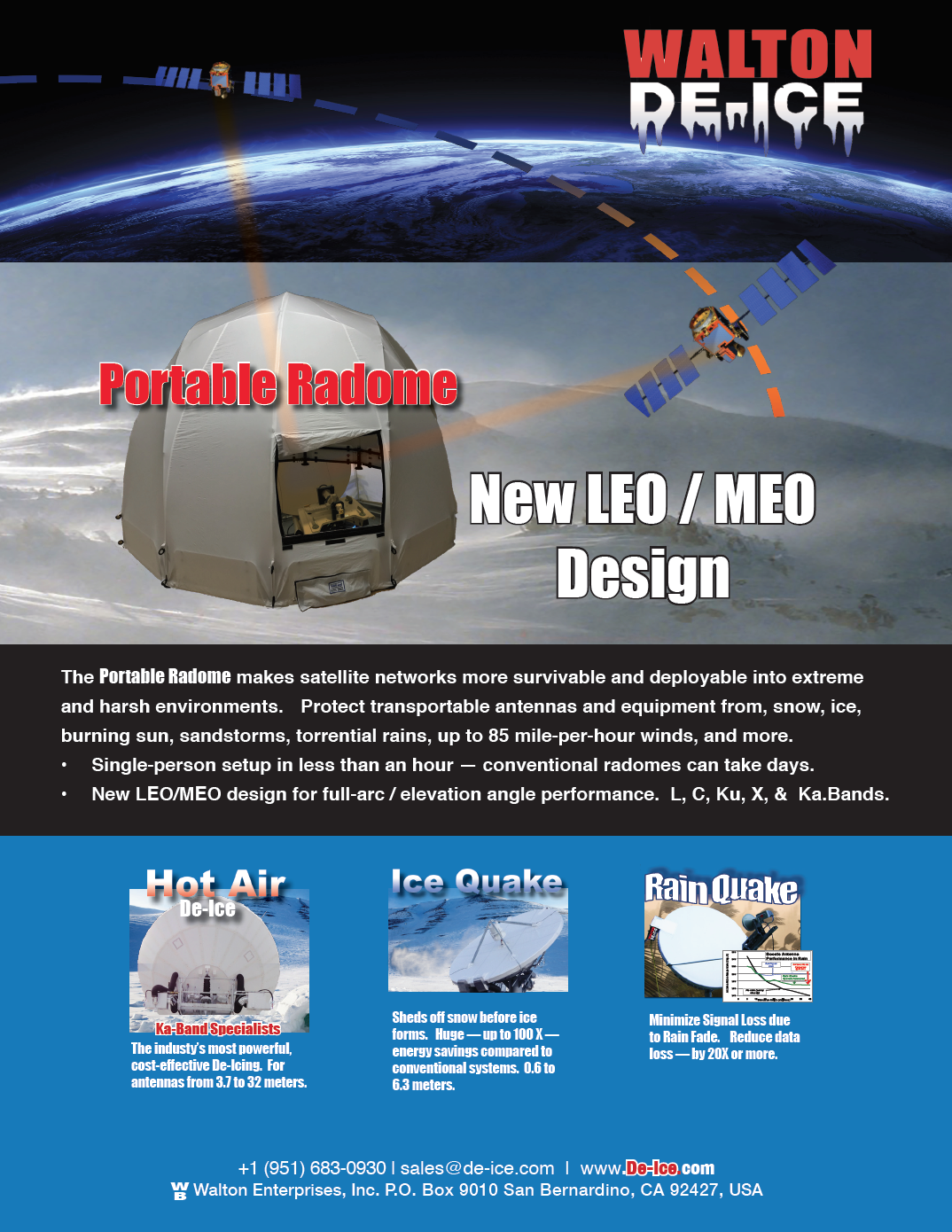“Extraordinary measures must be taken in the face of extraordinary threats.” In the iconic and fictional universe of the “Star Trek” television and motion picture franchise, this is the motto of an organization created under Article 14, Section 31 of the Starfleet Charter.

The intent was to establish a team that makes allowances for “bending the rules” to defend the world against the growing, unknown threats of space. Similar to the Star Trek universe, the U.S. Air Force (USAF) must prepare for those threats in reality.
Efforts to better prepare the USAF against the threats of the future space domain began around 2011 with the Joint Space Operations Center (JSpOC) Mission System (JMS) program.
“The intent of JMS was to modernize and replace 40-year-old legacy systems with sustainable hardware and an open, evolvable software architecture,” said Maj. Matt Holland, program manager in the Space and Missile Systems Center’s (SMC) Enterprise Space Battle Management Command and Control (ESBMC2) and Section 31 Team Lead. “This program would lay the foundation for a modern, predictive battle management and command and control system for space.”
According to Holland, while the vision of this modernization effort had good intentions, over the years it was found to become increasingly complex and much more challenging than had been anticipated. The JMS program mirrored other USAF monolithic systems that were trapped in an acquisition process that was not catered to support modern software development.
Sound familiar?
“There was an uncanny resemblance to another major Air Force effort that was canceled just one year prior; the Air Operations Center (AOC) 10.2 Weapon System modernization effort at the Air Force Life Cycle Management Center at Hanscom Air Force Base in Massachusetts,” said Holland. “Either example alone was reason enough for the Air Force acquisition community to take a hard look at how these critical software acquisition programs are struggling to deliver the capabilities of the future. The two together have created a tidal wave of change.”
By late 2018, the JMS program was redirected and a new and improved SMC effort sprung from its ashes under the moniker, ‘Kobayashi Maru.’
“This Star Trek-themed program was established in order to stand-up the next fast-paced software factory within the Air Force,” said Capt. Carlo Viray from SMC’s ESBMC2 and Section 31 Director of Product. “The new program is intended to mirror the development approach and speed of delivery as PEO Digital (formerly Program Executive Office Battle Management)’s effort, Kessel Run, but would focus on delivering space-based capabilities.”
Kobayashi Maru currently consists of both the former JMS program office and the ESBMC2 program office out of SMC at Los Angeles Air Force Base (LAAFB) in El Segundo, California.
“Named after the unwinnable Starfleet Academy training scenario for cadets devised by Mr. Spock, Kobayashi Maru was coined because this new SMC effort was commissioned to succeed at what some would view as a seemingly impossible task; delivering effective warfighting capabilities within a large, bureaucratic government program,” explained Viray. “Kobayashi Maru is out to prove that quickly developing and deploying effective software is in fact possible, and that efforts to deliver warfighting capabilities such as those originally intended for the JMS program could be achieved.”
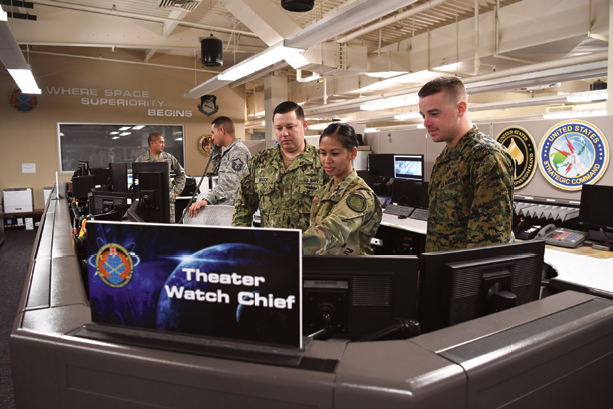
U.S. Navy Lt. Cmdr. Michael Brock, U.S. Air Force Master Sgt. Anamelie
Salvador and U.S. Marine Corps Staff Sgt. Brian Day review sensor data
from the Theater Watch Chief console within the Combined Space
Operations Center at Vandenberg Air Force Base, California. With the
assistance of the Space and Missile Systems Center’s Kobayashi Maru
program and Section 31 team from Los Angeles Air Force Base in
El Segundo, California, CSpOC personnel operating under the Combined
Force Space Component Command are supporting U.S. Space Command, providing the United States and its allies with space-related services like
GPS tracking and missile warnings to help with ground-based missions.
U.S. Air Force photo by Maj. Cody Chiles.
Kobayashi Maru aims to break barriers in the traditional acquisition construct and deliver capability in a truly agile way, showing that the USAF can operate at a similar tempo as the commercial software industry. With that vision in mind, there exists a small group of teams within the Kobayashi Maru program that are silently leading a software revolution within SMC and are delivering continuously to the Combined Space Operations Center and 18th Space Control Squadron at Vandenberg Air Force Base (VAFB) in California. This is “Section 31.”
“Section 31 is SMC’s effort within the Kobayashi Maru program office to stand up an organic software development factory in Los Angeles, modeled after PEO Digital’s Kessel Run program in Boston,” said Holland. “The team utilizes agile software development best practices such as extreme programming, user-centered design, lean product management, test-driven development, continuous integration and continuous delivery.”
Section 31 began this journey starting in February of 2019 and, less than six months later, has stood up three separate product teams that are currently tackling various problems and resolving user pain points for the CSpOC and 18 SPCS at VAFB.
“Section 31 is working with an industry-leading software company located in Santa Monica called Pivotal Software. Pivotal’s vision is transforming the way the world builds software to help organizations like the Air Force achieve large scale digital transformation,” said Capt. Davis Gunter, another ESBMC2 program manager and Director of Platform and Services for Section 31. “Instead of the government putting a company on contract to build a specific software solution and attempting to meet cost, schedule and performance parameters, Pivotal works side-by-side with Airmen on combined product teams to both build a valuable product for the warfighter together and to enable Airmen in software development best practices.”
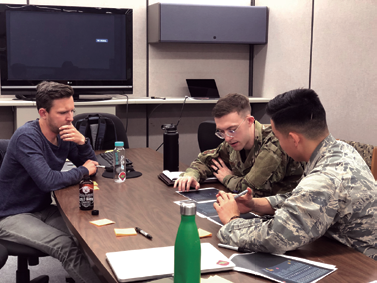 Capt. Victor Woo, product designer from the Space and Missile Systems Center’s Section 31 team (right) reviews software prototypes with Senior Airman Bailey Bourque from the 18th Space Control Squadron, and Mike Tevebaugh, senior product manager from Santa Monica-based Pivotal at Vandenberg Air Force Base, California. The Section 31 team is part of the SMC’s Kobayashi Maru program that is focused on Airmen building products for Airmen while using industry agile software development best practices. (U.S. Air Force photo by Capt. Carlo Viray)
Capt. Victor Woo, product designer from the Space and Missile Systems Center’s Section 31 team (right) reviews software prototypes with Senior Airman Bailey Bourque from the 18th Space Control Squadron, and Mike Tevebaugh, senior product manager from Santa Monica-based Pivotal at Vandenberg Air Force Base, California. The Section 31 team is part of the SMC’s Kobayashi Maru program that is focused on Airmen building products for Airmen while using industry agile software development best practices. (U.S. Air Force photo by Capt. Carlo Viray)
The benefits of this business model are critical to driving change within the Air Force and are enabling the organic capacity of Airmen building software for Airmen. The future vision for Section 31 is to have Airmen that are sufficiently enabled through their time working alongside Pivotal’s developers that they can continue doing software development organically long-term.
“The first product team has built a High-Interest Event Tracker that is meant for commercial, government, and allied space operators who own, operate, and command space assets,” explained Viray. “This application allows operators to monitor, track, and display information regarding potential satellite conjunctions, space launches, satellite de-orbits, re-entries, and other high interest space events. All of this provides Space Situational Awareness consumers the awareness needed in order to prevent unnecessary harm or damage to global space assets.”
The Section 31 team was able to achieve an authority-to-operate and deliver the first iteration of the application just 57 just days after kick-off.
“Following a weekly update cadence and after eleven iterations of the application, the team received an official Operational Acceptance and adoption by both the CSpOC and 18 SPCS user community, officially deprecating a legacy component of JMS in just 170 days,” said Viray. “The current state of the application reduces a three-hour workload per day for operators to input this SSA data down to merely 15 minutes. Later iterations of this application will be developed to meet the needs of additional users within the space community.”
This initial example of delivering a valuable tool to the operations community is what Section 31 is all about. Instead of spending numerous years trying to modernize a complex, monolithic system, this team was able to deliver an individual application that addresses a specific user-driven “requirement” in under six months.
“The second product team under Section 31 is building a Radio Frequency Deconfliction tool for operators who require a centralized deconfliction support request tool that provides accurate and timely radio frequency windows for military, commercial, and mission partners,” said Viray. “This tool provides a consolidated workflow that reduces the overall time it takes to process radio frequency deconfliction requests, enabling operators’ faster feedback with a minimal amount of errors. This team achieved its authority to operate in only 52 days and is continuing to iterate until the user community declares the tool operationally acceptable.”
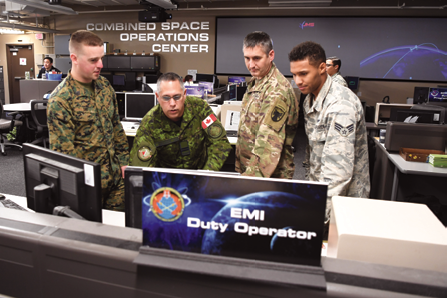 Royal Canadian Air Force Capt. Jocelyn Labranche, 614th Air Operations Center Missile Warning Duty Officer, reviews data with U.S. Marine Corps Staff Sgt. Brian Day, U.S. Army Maj. Matthew Fechter and U.S. Air Force Senior Airman Devante Deschwanden in the Combined Space Operations Center at Vandenberg Air Force Base, California. With the assistance of the Space and Missile Systems Center’s Kobayashi Maru program and Section 31 team at Los Angeles Air Force Base in El Segundo, California, personnel operating under the Combined Force Space Component Command are supporting U.S. Space Command, providing the United States and its allies with space-related services like GPS tracking and missile warnings to help with ground-based missions. U.S. Air Force photo by Maj. Cody Chiles.
Royal Canadian Air Force Capt. Jocelyn Labranche, 614th Air Operations Center Missile Warning Duty Officer, reviews data with U.S. Marine Corps Staff Sgt. Brian Day, U.S. Army Maj. Matthew Fechter and U.S. Air Force Senior Airman Devante Deschwanden in the Combined Space Operations Center at Vandenberg Air Force Base, California. With the assistance of the Space and Missile Systems Center’s Kobayashi Maru program and Section 31 team at Los Angeles Air Force Base in El Segundo, California, personnel operating under the Combined Force Space Component Command are supporting U.S. Space Command, providing the United States and its allies with space-related services like GPS tracking and missile warnings to help with ground-based missions. U.S. Air Force photo by Maj. Cody Chiles.
The third product team is focused on developing a tool for intelligence analysts who need to efficiently and effectively optimize data collection taskings for Ground Based Radars and other sensors. The application will focus on achieving outcomes that result in increased data accuracy, improvements in mission planning, and analysis.
Along with the three teams working with Pivotal, Section 31 has been building their platform operations team using Pivotal Cloud Foundry. Section 31’s platform operations team is implementing lessons learned from Kessel Run’s Enterprise Platform Operations Center, or EPOC, as one of Kobayashi Maru’s two platform efforts that are working toward different solutions.
“The platform team is dedicated to providing top level services to developers and users which results in a new way of delivering capabilities which requires developers to swiftly respond to feedback from users, and the platform team to provide predictable and reliable services to both customers,” explained Gunter. “This model is designed to rebuild war-fighter trust and align the goals and missions of operations and acquisitions.”
Section 31 has been laser-focused on solving these high priority space situational awareness or theater support problems. The product teams are a testament that the Kessel Run’s approach to organically building and delivering software and using industry best practices can scale to another domain such as space.
Section 31 is able to build new relationships and leverage existing ones due to a relentless dedication to the warfighter and continued support by organizations like the CSpOC, 18th SPCS, and 14th Air Force, all of which comprise the user community at VAFB.
Section 31 has managed to achieve valuable warfighter outcomes and deliver capability in the short time span of its existence. They have found a way to combat the threat of our inability to deliver capabilities.
How?
“This is where the two sci-fi fantasies of Star Wars and Star Trek collide,” said Viray. “The successes mentioned above would not have been possible without the strategic partnership with PEO Digital’s Kessel Run program. Section 31 has formed an alliance with Kessel Run to utilize many of the platform and services provided in order to work with software-based industry leading companies like Pivotal. It’s Captain Kirk and Han Solo flying the USS Enterprise and Millennium Falcon in a two-ship formation.”
This close collaboration between two USAF software organizations allows teams like Section 31 to not have to worry about working on the underlying technology and infrastructure since Kessel Run has already provided a viable solution to that difficult problem. This enables organizations to focus on solving problems and delivering warfighter capability as opposed to figuring out the numerous technical complexities beforehand.
“As a result of this collaboration, Section 31 product teams can truly achieve continuous delivery and have the ability to implement changes of all types -- new features, configuration changes, bug fixes, and experiments -- into production, or actually into the hands of the intended users, safely and quickly in a sustainable way,” said Viray.
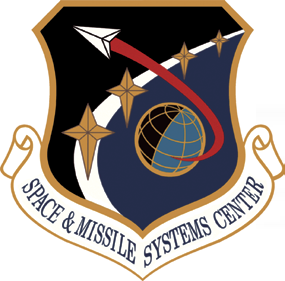
Digital transformations aren’t just built off the backs of technology. The foundation is from establishing a culture that is willing to experiment, ideate, fail and learn in order to challenge traditional acquisitions constructs. It requires a leap of faith and continued support by other people and organizations like the CSpOC, 18th SPCS, and the 14th Air Force.
“Product teams continually engage with the user community, ensuring that the team is constantly working on the next most important thing, ultimately reducing waste and risk associated with the effort. Representatives from communities like operations, requirements, and test have shown the willingness to try something different and break out of the bureaucracy for the sake of the warfighter,” explained Viray. “These organizations, along with Section 31, have formed a mindset that is focused on a shared goal of delivering warfighter capability. This shared commitment is what agile enables.”
“The U.S. Air Force cannot afford, financially or otherwise, to wait years just to provide a solution that no longer meets the needs of the space warfighter in present day,” said Holland. “In contrast, three small teams leading a large-scale digital transformation to revolutionize the way software is being delivered for space is exactly what the space acquisition community needs.”
The last six months are an example of taking extraordinary measures during times of increasing threats. Section 31’s vision is to transform into an established software organization centered around Airmen building products for Airmen, with teams rapidly delivering mission-critical capabilities for current and future space operations.
Their mission is to enhance the future of space operations by continuously delivering mission-focused software that people love.
Milestones, such as operational acceptance of the High Interest Event Tracker or Radio Frequency Deconfliction tools, are only the beginning. Efforts like Kessel Run “smuggling agile and Development Operations into the Department of Defense” or Section 31 “rewriting the rules” to accomplish the mission, provide some hope to the Air Force enterprise that this model can be accomplished and sustained.
“At the end of the day it’s about building warfighter trust and achieving warfighter outcomes so that our Air Force can fight off the unknown threats of tomorrow,” said Viray.
This is also one of the reasons why Section 31 was recently honored as one of the U.S. Air Force Space Command’s recipients of the 2019 Gears of Government Award in the Team category. This award is designed to recognize individuals and teams across the Federal workforce whose performance and dedication support exceptional delivery of key outcomes for the American people in the areas of mission results, customer service and accountable stewardship.
The team will now represent SMC and U.S. Air Force Space Command when they compete for the USAF level award.


